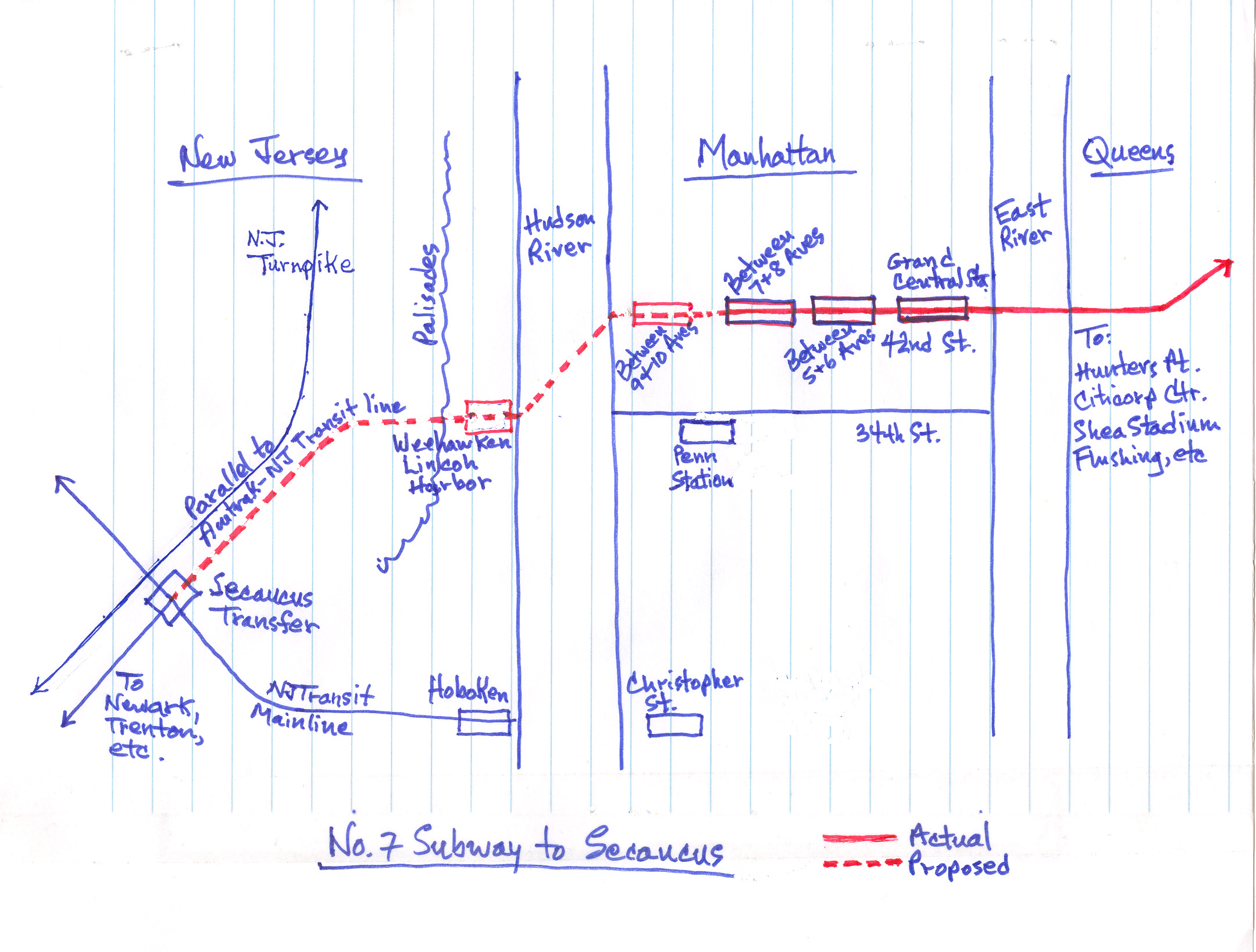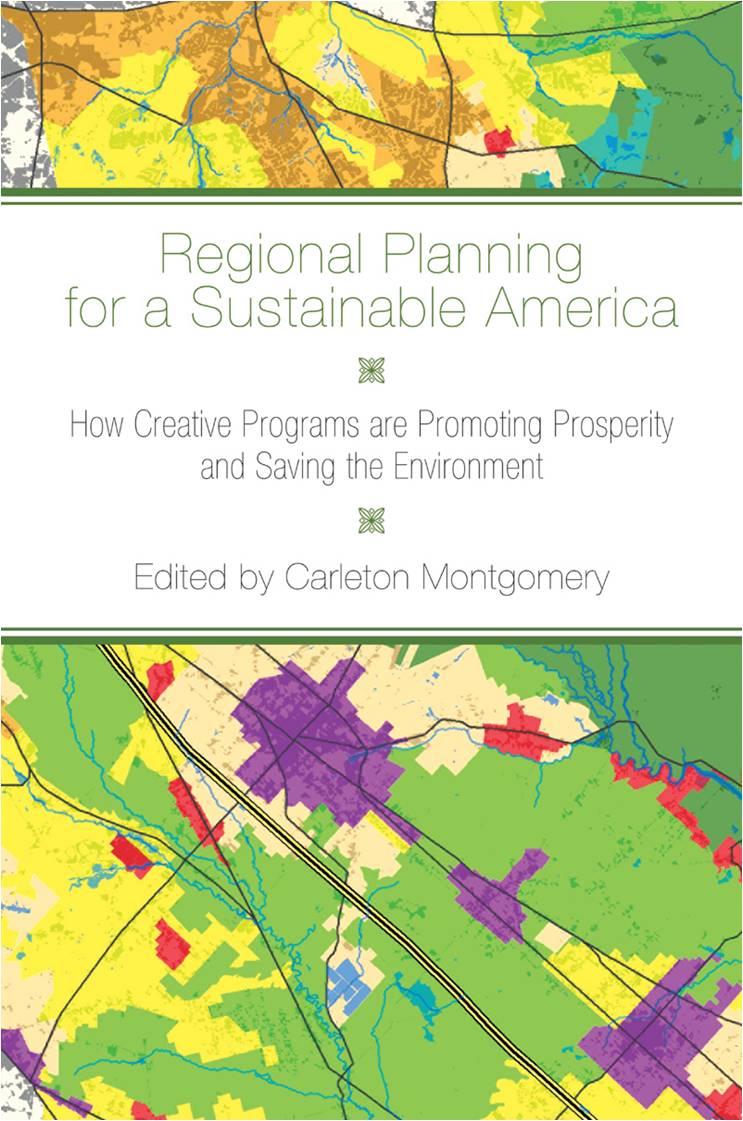New Jersey Future Blog
School District Consolidation Is More Than Just a Cost-Saving Measure
April 12th, 2021 by Tim Evans

Regionalizing school districts could also help increase housing options and make New Jersey a less segregated state.
Sen. Sweeney’s school district regionalization bill is aimed at consolidating school districts that are currently already engaged in some sort of sharing arrangement (as when multiple K-8 districts all send to a regional high school with its own district). The bill sees consolidation primarily as a cost-saving measure and, in addition to cutting down on administrative overhead by streamlining the number of superintendents and support staff, increasing the geographic size of school districts could indeed also produce some economies of scale. As population growth patterns change, students in a larger district could be reallocated to classroom space across different schools within the district in a more efficient way than is possible for smaller districts, which might otherwise need to construct new buildings while a building in a neighboring district sits half empty. Larger districts would also be able to purchase vehicles, equipment, and supplies in larger quantities and allocate them to individual schools more efficiently than if a group of smaller districts had to make these decisions separately. Basically, by reducing the duplication of costs, regional consolidations would result in lower education costs, helping to rein in New Jersey’s highest-in-the-nation property taxes.
Resistance to Housing
But cost savings are not the only reason to support this bill. New Jersey’s fragmented system of school districts does more than just make property taxes higher than they need to be. It also results in the unhealthy local practice of “fiscal zoning,” in which municipalities compete for large property-tax revenue-generating land uses like office parks and regional malls while doing their best to minimize residential development and the school-age children who might move into it, in the hopes of keeping property taxes low (school costs are by far the biggest component of local government expenditures). When every municipality individually has an incentive to court commercial and industrial development while discouraging housing, the cumulative result is a statewide housing market that fails to produce enough supply to meet demand, pushing home prices upward.
The fact that the units of competition—the school districts—in this “ratables chase” are so small means that there are nowhere near enough office parks and malls to go around, so the divergence in fortunes between the “winners” and the “losers” in this scramble for commercial tax base can be quite stark. The quality of a child’s education should not depend so dramatically on whether they live on the same side of the municipal border as the nearest mall. Enlarging the geographic scope of individual districts through regionalization would distribute the finite supply of big commercial tax revenue generators more fairly among districts and would mitigate the resistance to residential development on the part of individual districts by spreading the costs of residential development over a broader area.
Advancing Regional Equity
Alleviating municipal resistance to housing would also further Governor Murphy’s goal of making New Jersey a more equitable state. New Jersey Future recently compared residential segregation by race (as measured by the percent of racial minorities who live in neighborhoods that are dominated by that minority group) and by income among counties in New Jersey and in nearby states and found that concentrated poverty is more prevalent among counties with more fragmented public education systems, as in New Jersey, than in states where school districts are county-wide or at least tend to be shared by larger numbers of municipalities per district. And because segregation by income and segregation by race often go hand in hand, counties with less fragmented school systems also tend to have much lower degrees of segregation for Black and Hispanic residents. When individual towns don’t have to fret as much over school costs, they tend to become less resistant to housing, which in turn tends to increase the racial and financial diversity of the people who are able to live there.
Will school district consolidation save New Jersey taxpayers money? There is a strong case to be made that it will. But equally importantly, it might lead to better land-use decisions that provide a broader array of housing options to a broader range of people. New Jersey not only has the highest property taxes in the nation, it is also one of the most residentially segregated states. Regionalizing school districts has the potential to address both of these pressing issues.
Related Posts
Tags: new jersey schools, regional equity, school district consolidation, school district regionalization bill, schools
















